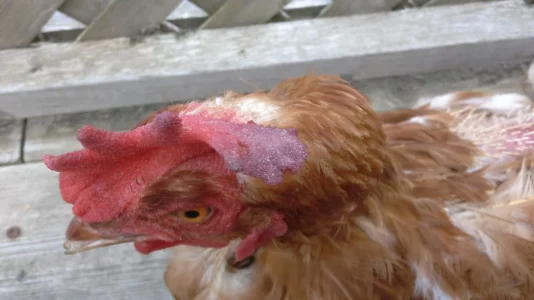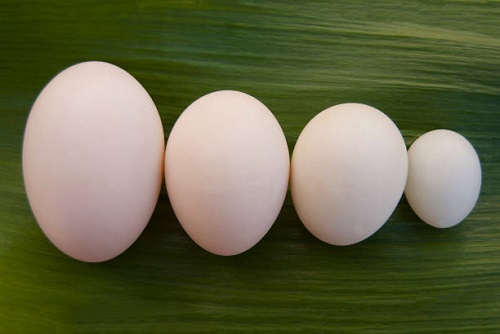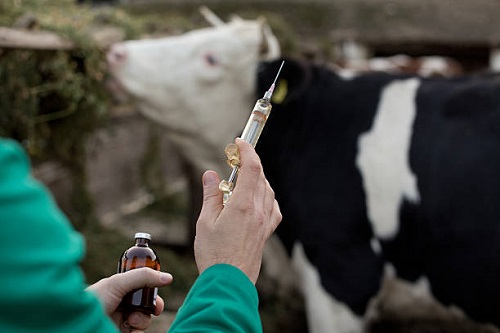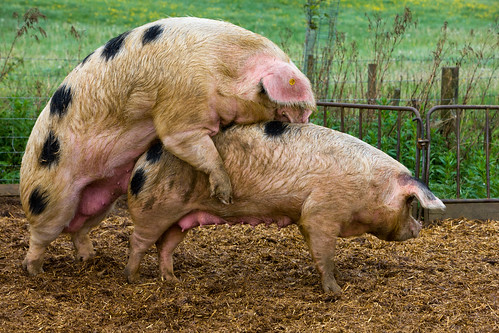A chicken’s comb is a fleshy protuberance on top of its head that serves several important functions. It helps regulate the bird’s body temperature, allows for better circulation of oxygen and nutrients, and can even indicate the bird’s overall health.
When a chicken’s comb turns purple, it can be a sign of an underlying health issue that needs to be addressed. In this article, we’ll explore some of the causes of chicken comb turning purple and offer some solutions to help keep your birds healthy and happy.
5 Possible Causes of Purple Comb & Solutions
1. Fowl Cholera
Fowl cholera is a highly contagious bacterial disease that can affect chickens, turkeys, ducks, and other birds. It is caused by the bacterium Pasteurella multocida, which can be found in contaminated water, feed, or equipment. Infected birds may exhibit symptoms such as purple comb and wattles, loss of appetite, lethargy, diarrhea and high mortality. Antibiotics are the primary treatment for this infection, but implementing good biosecurity practices can help prevent it from spreading among the flock.
2. Avian Flu
Avian flu, also known as bird flu, is a highly contagious viral infection that can affect poultry, wild birds, and humans. It is caused by various strains of the influenza virus, including H5N1, H7N9, and H9N2. Physical signs include a purple comb, respiratory distress, coughing, sneezing, diarrhea and sudden death. Avian flu can be transmitted through direct contact with infected birds, their droppings, or contaminated surfaces. Supportive care is generally the only treatment available for avian influenza, making prevention through strict biosecurity measures the best approach.
3. Blood vessel damage (from injury or frostbite)
Injury to the comb or wattles, such as from pecking, fighting, or sharp objects, can damage blood vessels and cause them to burst, leading to purple discoloration. Frostbite can also cause blood vessel damage and purple discoloration. Preventing injury by providing a safe and clean environment for chickens, and protecting them from extreme cold weather can help prevent blood vessel damage. Applying petroleum jelly to the comb and wattles can help protect against frostbite.
4. Circulatory or respiratory issues
Circulatory or respiratory issues can cause a decrease in oxygen flow to the comb and wattles, resulting in the chicken comb turning purple. These issues can be caused by various factors, such as heart disease, lung infections, or parasitic infestations. Proper diagnosis and treatment by a veterinarian can help address the underlying cause of the issue.
5. Mites and lice
Mites and lice can cause irritation and damage to the comb and wattles; hence causing a red chicken comb to turn purple. Infested birds should be treated with appropriate medications, and their living environment should be thoroughly cleaned and disinfected to prevent re-infestation.




One of my girls her chicken comb keep going purple at the end few nearer body end, on top it does go back to pink /red again most days but am worried
Any thing at all I can do to help and advice welcome
If the chicken is doing fine, you shouldn’t be so worried. However, if she shows other strange signs of illness, let me know or contact a vet.
Mine is doing the same thing, she just don’t have any energy and prefers to be by herself
She is eating and drinking.
I have a chicken with the comb turning dark near the back of her head at the base . She’s unable to really stand and seems unbalanced. She’s about 4 years old. She’s eating as usual and seems alert